Things to See in the Languedoc: Historic Villages and Bastides: Rennes-le-Château
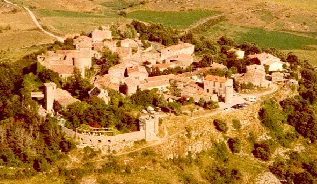


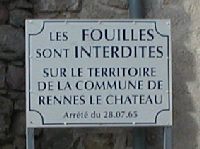

There are a few interesting aspects of the mystery, such as where his money came from, but improbable theories have been built on a few known facts and shorn up by mass of demonstrable falsehoods. Over the last twenty years a series of best-selling books have been published, each proposing a more fantastic theory than its predecessors.
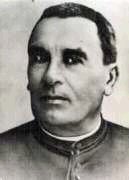
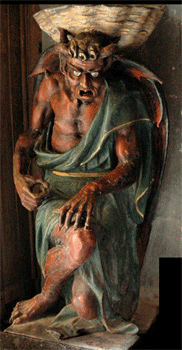
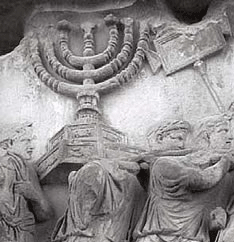
- discovered a cache of treasure from Solomon's Temple in Jerusalem, including the Menorah or the Ark of the Covenant, or both, taken from Jerusalem by the Romans (true - see right) and later from the Romans by the Visigoths (not as absurd as it sounds - the Visigoths did sack Rome in 410 and bring their loot back to Toulouse).

 discovered
a cache of treasure hidden by the Cathars
who escaped from the Château
of Montségur (
discovered
a cache of treasure hidden by the Cathars
who escaped from the Château
of Montségur ( Montsegùr)
in 1244.
Montsegùr)
in 1244.- discovered treasure buried by the Knights Templar when the Order was attacked by the French King in 1309.
- discovered treasure of the Lords of Rennes-le-Château (who are said to have used the crypt as grave tomb). The priest supposedly found documents and valuables hidden there since the time of the Saracen occupation.
- discovered treasure of the Kingdom of Majorca.


- discovered some hidden item of inestimable value (such as the Holy Grail or Charlemagne's sword).
- discovered documents so damaging to the Roman Church that the Vatican paid a fortune to suppress them.
- was financially assisted by space aliens.
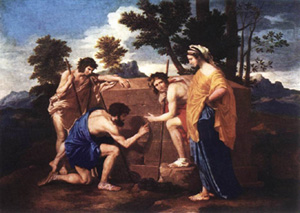

On the other hand many of its improbably assertions turn out to be true. For example, there really is an ancient tradition that the family of Jesus Christ came to live in the Languedoc, and that Mary Magdelene was the wife or concubine of Jesus. (For the first see the page on Saintes-Maries-de-la-Mer. For the second see a page of original accusations against the Cathars)
Gérard de Sède was the French historian who originally popularised the mystery of Rennes-le-Château (well before the Holy Blood and the Holy Grail). For his obituary from the Independent, 24 June 2004, by Marcus Williamson, click here

Richard Leigh was one of the co-authors of The Holy Blood and the Holy Grail. For his obituary from the Independent, 29 November 2007, by Marcus Williamson, click here



Click on the following link for recommended Books on the mystery of Rennes-le-Château

2 commentaires:
Greetings! Very useful advice in this particular article!
It is the little changes that make the biggest changes.
Many thanks for sharing!
my site: Princess Salon 2 android full version telecharger
Hi my family member! I want to say that this post is amazing,
great written and come with almost all vital infos. I'd like to peer extra posts like this
.
Visit my weblog: gra na gieldzie jaki pit
Enregistrer un commentaire